SPACE

NASA Completes Wind Tunnel Tests of Its Quiet Son of Concorde Supersonic Jet
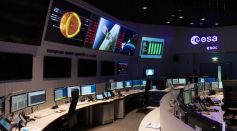
ESA's Solar Orbiter Captures Comet Leonardo by Tail for the Second Time, Calling It A 'Bonus Science'

Can People Keep a Meteorite? What Does Federal Regulation Say About Space Rock Collection and Ownership?
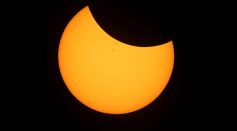
Solar Eclipse 2022: A Guide to When the Sun, Moon, and Earth Align This Year and Where to Watch It
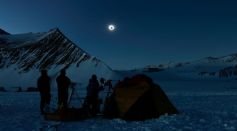
Scientists Use AI to Find Meteorites Left Undiscovered, Over 300,000 Space Rocks Possibly Hidden in Antarctica

Spooky Cosmic Object Could Be A New Type of Star With Ultra-Powerful Magnetic Field

Earth Tectonic Activity Explained: New Study Reveals Gravitational Forces of the Planet, Moon, and Sun Affect Such Movement
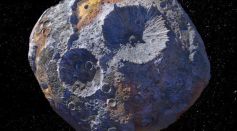
NASA Psyche Spacecraft: Will It Check the Huge Crater on a Giant Asteroid?

Virtual Telescope Project Captures NASA James Webb Space Telescope Arriving In Final Destination [Watch]

Tonga Volcano Eruption Was 1,200 Times More Powerful Than Hiroshima Atomic Bomb; The Most Intense Explosion in 30 Years, NASA Says
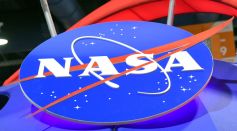
Spinoff 2022: NASA Showcases Stories of Innovations That Address Challenges and Improves Life on Earth

Human Economy Worth $1 Trillion To Move To Space By 2040? Here's What Data Shows
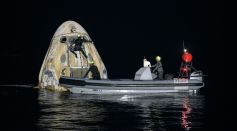
NASA Says SpaceX Dragon Ends Trip After Successful Splash Down In Florida Coast

Falcon 9 Rocket's Second Stage Will Likely Impact Moon's Equator After 7 Years of Floating Through Space
Most Popular

Can the World Run Out of Water? Water Scarcity Science and Climate Impact Explained

Solar Maximum 2026: Inside the Sunspot Cycle and Solar Activity Forecast Astronomers Are Watching

Volcanic Warning Signs: How Magma Movement Reveals Eruption Prediction Clues for Geologists

How Tsunamis Form and Travel at Extreme Speeds: Seismic Waves and Coastal Hazards





